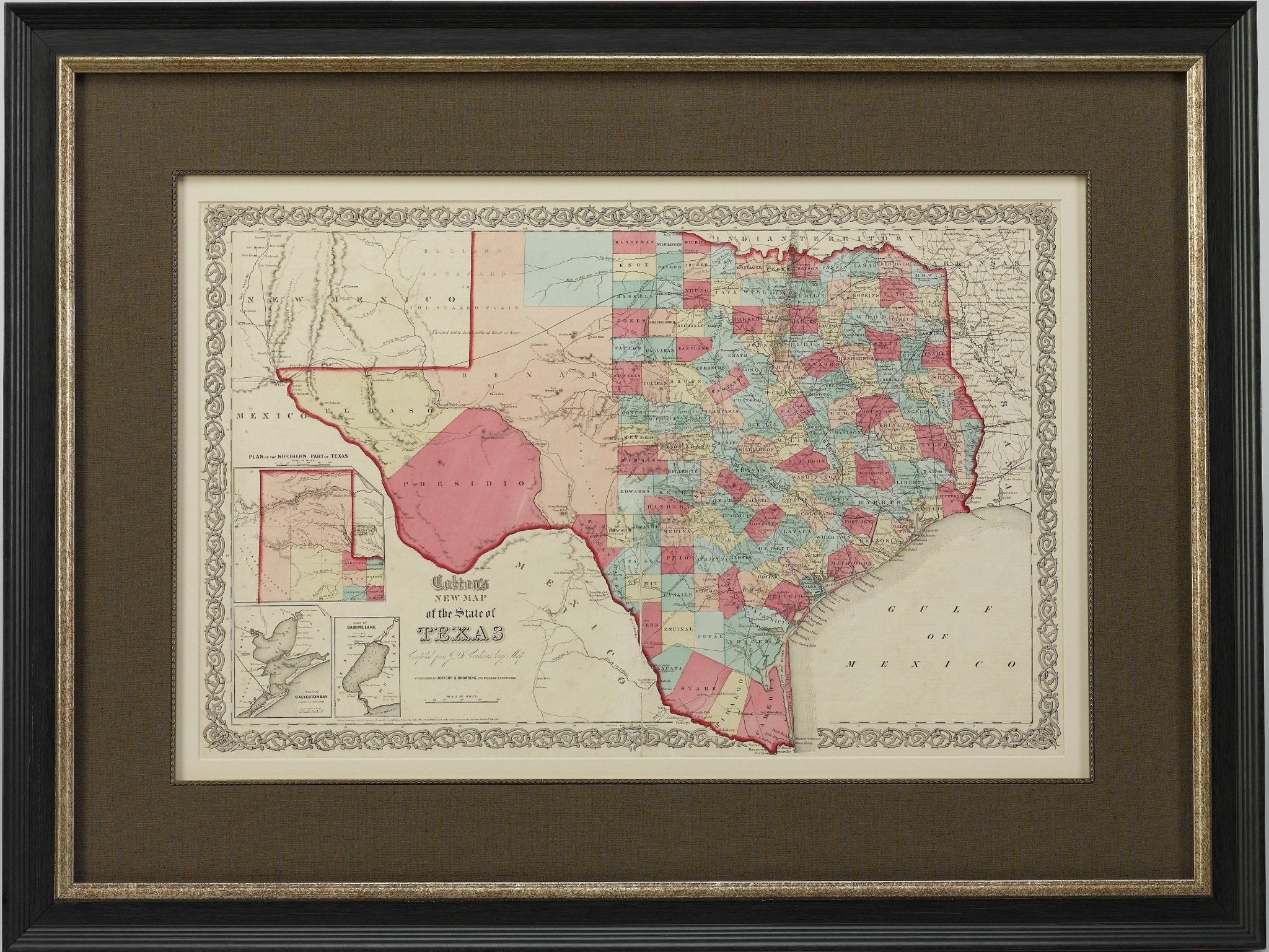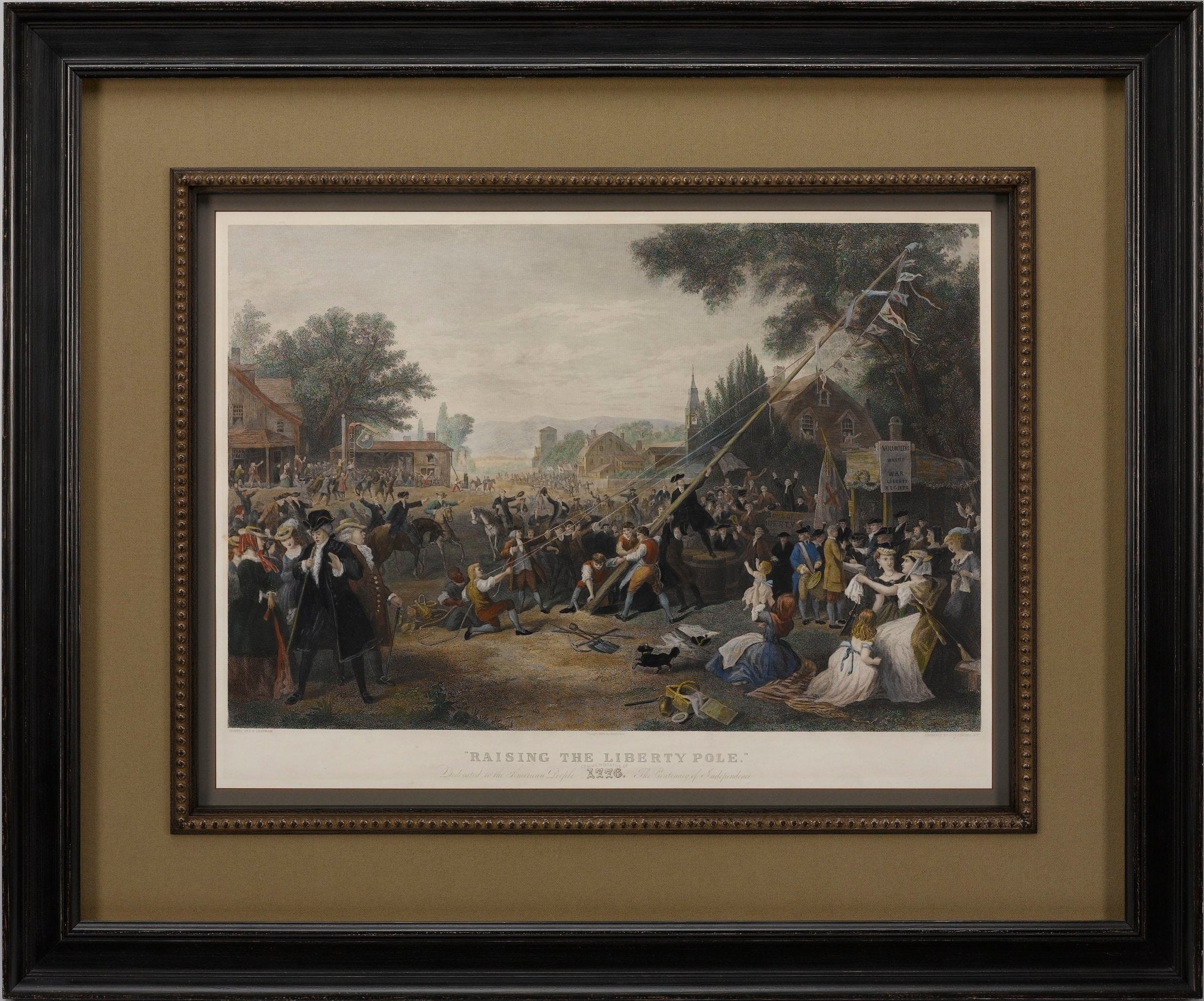Connecting the West with the Pony Express
Newly framed and on display in our Colorado shop is this stunning "The Pony Express" Hermès silk scarf, by the American artist Kermit Oliver. “The Pony Express” design was first issued by Hermès in 1993. The scarf is shown here in its white and burgundy colorway.
The Pony Express was an American express mail service that used relays of horse-mounted riders. Short lived, the service ran from April 1860 to October 1861, between Missouri and California. It was operated by the Central Overland California and Pikes Peak Express Company. During its 18 months of service, the Pony Express reduced the time for messages to travel between the east and west coasts to just about 10 days. It was especially important for linking the new state of California with the rest of the United States. The Pony Express became the most direct means of east–west communication, up until the first transcontinental telegraph was established in late October 1861.
The Pony Express was romanticized and quickly became part of the lore of the American West. Because it relied on the skill and endurance of hardy riders and fast horses, the service was viewed as a symbol of the exceptional American effort needed to best the rugged frontier.
Known for incorporating western themes and Native American iconography into his work, Oliver aimed to celebrate and memorialize the culture of those normally overlooked by larger fashion houses and brands. So it is no surprise that the riders and history of the Pony Express inspired Oliver to create this colorful and dynamic scarf design. Oliver produced 17 custom designs for Hermès over 32 years and is still the only American artist to ever design for Hermès.
We have had several of Kermit Oliver’s Hermès scarves in shop before, and they always add such wonderful color and vibrancy to the gallery walls. A beautiful mix of history, high-fashion, and design, his designs are not to be overlooked. See this scarf in person on our gallery walls or shop online!







